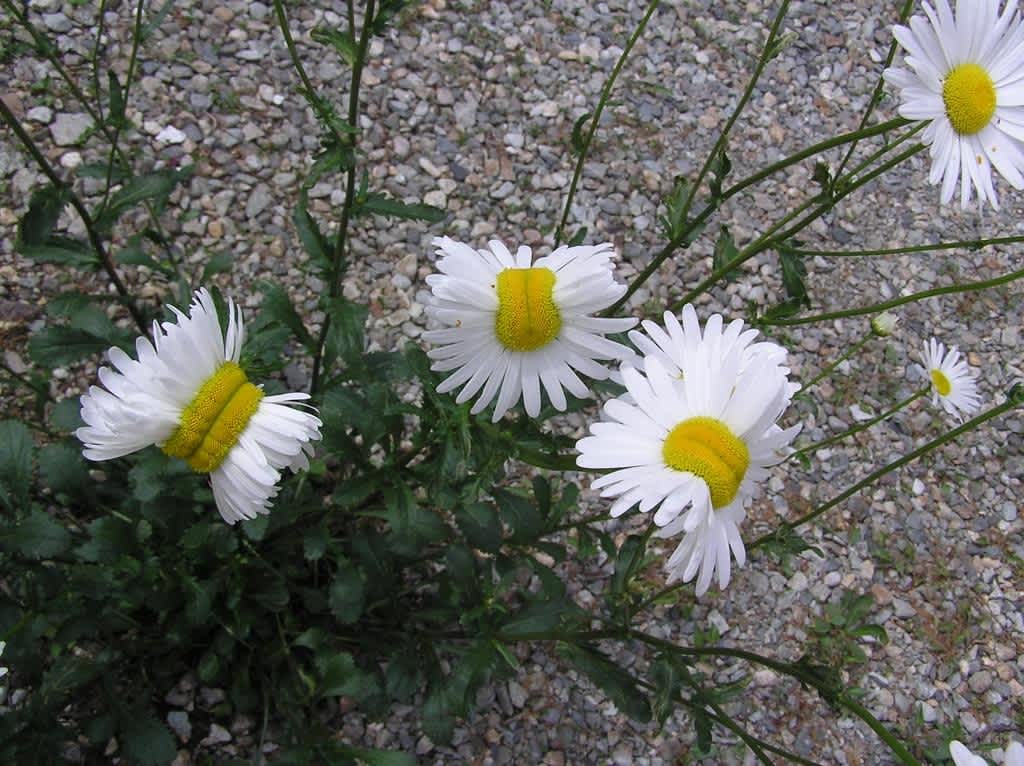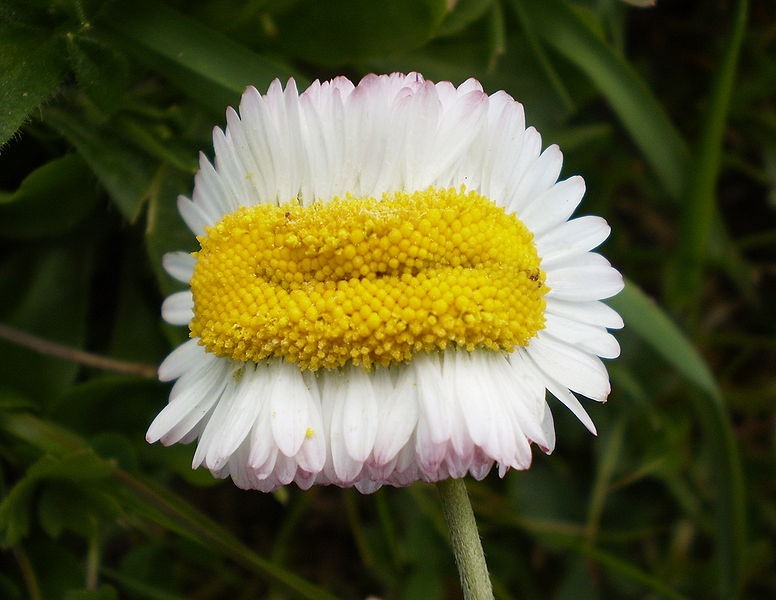Are These Bizarre Daisies Near Fukushima Victims of Nuclear Mutation?
OutdoorHub Reporters 07.24.15

Are these alien-looking daisies victims of nuclear mutation? These pictures were taken in Japan’s Nasushiobara City, near the site of the 2011 Fukushima nuclear plant disaster. Shortly after the incident, which released substantial amounts of radioactive material into the sea, scientists reported several cases of fish with abnormally high levels of radioactive isotopes. The Japanese government banned fishing along the coast of the Fukushima prefecture several times, and affected fish have been reported as far as California, provoking a minor scare among seafood lovers.
When these images of flowers with elongated centers and multiple stems appeared online, it was quickly followed by concern.
However, experts say the strange flowers may not be connected to the Fukushima disaster at all. According to The Independent, radiation levels in Nasushiobara are just a little bit above normal, enough to be considered safe for humans. Some experts say it is unlikely that the radiation has had a profound effect on the flowers.
So why do they look mutated?
According to experts, the oddly-shaped flowers may actually be an example of a condition called fasciation. The phenomenon, while relatively rare, is naturally occurring and can be caused by number of factors including genetics, bacteria, hormones, and fungi. In this case it would be a mutation, just not one caused by nuclear radiation.
“It’s likely to be just random mutation,” said Guy Barter, chief horticultural adviser at the Royal Horticultural Society in Britain. “We get lots of examples of fasciation sent to the RHS every year—but, of course, it’s not possible for us to say for certain if there is a link to radiation.”

Barter added that to test to see if radiation had any link to the flowers, scientists would have to keep track of the amount of incidents of fasciation along with radiation levels over a number of years.
“Radiation being present in the environment is a plausible explanation, but not necessarily the only explanation for the phenomenon,” Tood Forrest, the New York Botanical Garden’s vice president of horticulture, told The Christian Science Monitor.
Instead, the condition may be caused by various other pollutants.

